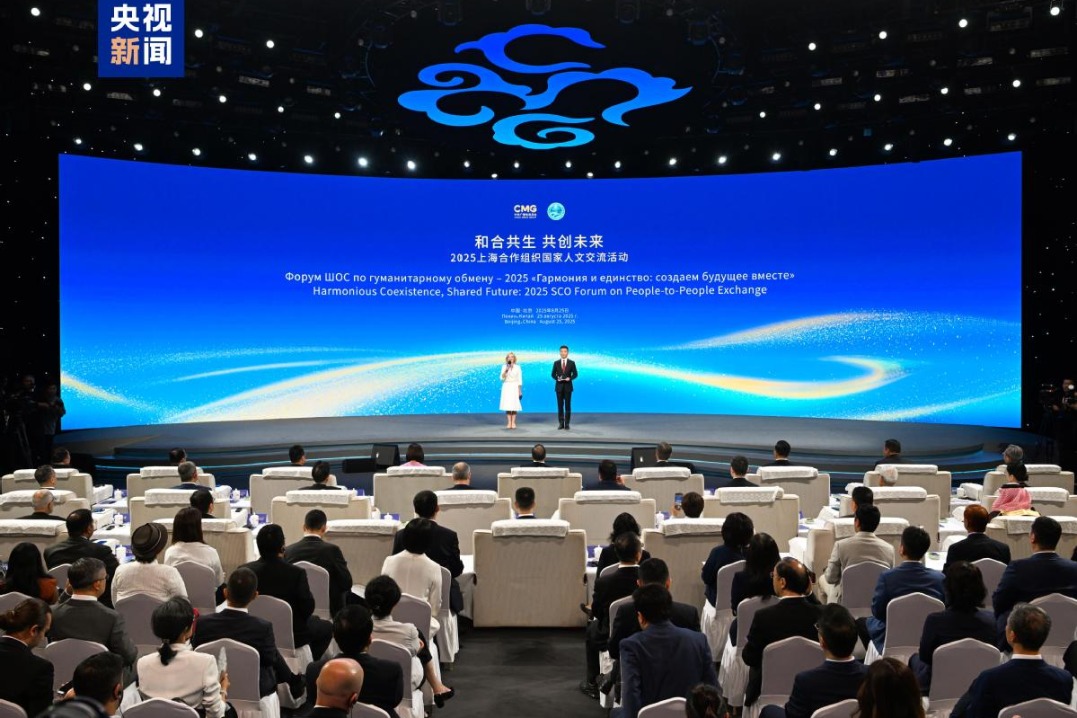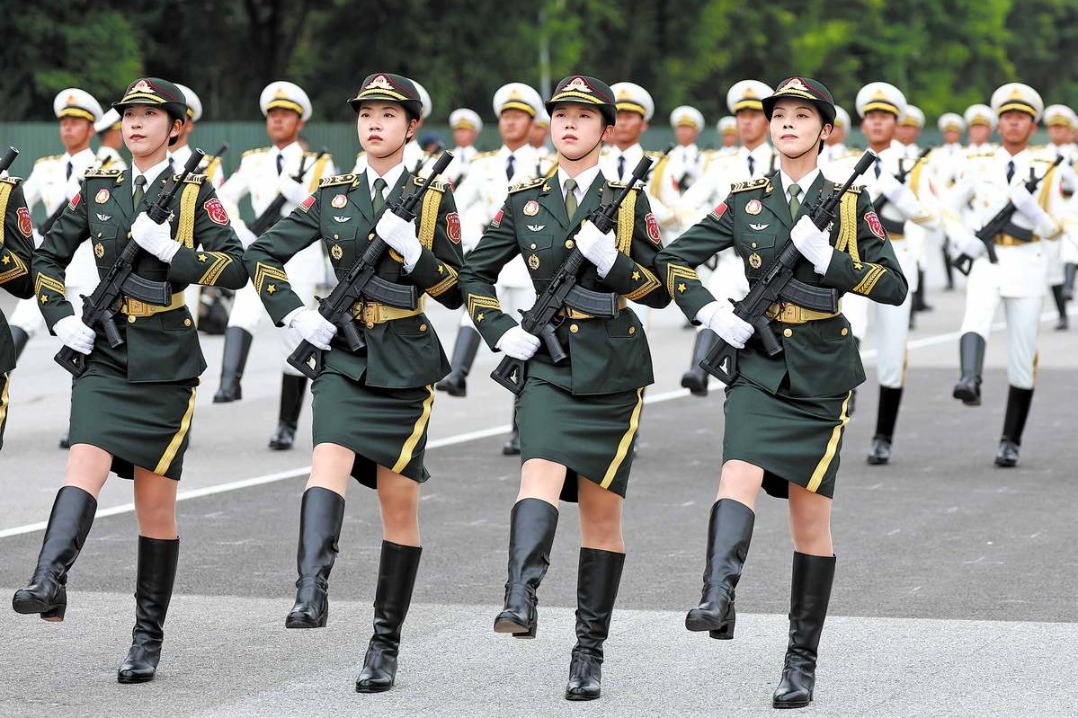Knotty age-old problem


China's rapidly aging population puts pressure on the pension system that needs to be addressed
China, a major developing country with a large population, is undergoing exceptionally rapid demographic aging. The most urgent priority for China's pension finance sector is to tackle aging-related challenges and enhance the sustainability of the pension system, which has transitioned from a pay-as-you-go model to a hybrid structure that combines social pooling with individually funded accounts.
The sector currently confronts several major challenges.
Foremost is the uneven development of the three-pillar pension insurance system which consists of mandatory public pension insurance, enterprise annuities and individual private pensions. Currently, public basic pension insurance remains dominant with individual pensions lagging far behind. For instance, in 2023, the first pillar accounted for 7.8 trillion yuan ($1.09 trillion), or 57 percent of total pension assets; the second represented 5.7 trillion yuan, or 42 percent; and the third contributed only 185.5 billion yuan. By comparison, the United States in the same year reported shares of 6.2 percent, 58 percent and 35.8 percent for the three pillars, respectively.
Second, high population mobility continues to strain China's pension system. Since the reform and opening-up policy was launched over four decades ago, working-age adults, especially the young and middle-aged labor force, have moved in large numbers from the central, western and northeastern regions to the more developed southeast. As China's pension insurance system remains locally administered, fiscal imbalances have emerged: in population-outflow provinces, there are fewer contributors to the pension fund but more beneficiaries, whereas in the southeastern provinces, there are more contributors and fewer beneficiaries. To address this problem, a central pension fund coordination mechanism was launched in July 2018 to help rebalance inter-provincial pension burdens. This was a key step toward a unified national system.
Third, capital market volatility — marked by a tendency to fall easily and rise with difficulty — poses significant challenges to pension fund value preservation and appreciation. Characterized by sharp downturns, sluggish recoveries, short-lived bull markets and extended bear phases, China's stock market increases the pressure on sustaining pension fund values. Such conditions make it difficult for long-term and value investors to achieve satisfactory returns, which in turn impedes the growth and stability of the second and third pillars.
Fourth, China exemplifies the acute challenge of "growing old before getting rich". The US, Japan and the Republic of Korea are all deeply aging societies — defined as having 14 percent or more of the population aged 65 and above. Their per capita GDP stood at around $53,000,$40,000 and $35,000, respectively, when their population started aging. By contrast, China's per capita GDP was only $13,000 upon reaching the same demographic threshold.
To address these problems, a set of policy measures are recommended.
First, enterprise annuities and private pensions should be scaled up while the public pension pillar is strengthened, to advance the build-out of a multi-pillar system. On the one hand, China should reinforce the basic pension insurance system. The central government could issue special bonds to expand pension coverage in rural areas. Farmland transfer reforms should also be strategically aligned with innovative rural pension schemes. The share of after-tax profits from State-owned enterprises allocated to the social security fund should be increased. Establishing a sovereign pension fund — emulating models in other major economies — will allow for globally diversified investments and help improve returns on pension assets.
On the other hand, greater efforts should be directed toward expanding the second and third pension pillars. Companies across all sectors should be incentivized to provide enterprise and occupational pensions for their employees. It is also important to facilitate the establishment of diverse pension funds, while regulators implement longer-term performance evaluation frameworks for their investments. Additionally, pension funds should be authorized to allocate more assets to global capital markets.
Second, central coordination over basic pension revenue and expenditure should be enhanced. Given China's high population mobility, a centralized approach to managing pensions and medical insurance — programs directly tied to individual beneficiaries — would be the best solution. A practical model may include integrating locally administered social security agencies into a unified, vertically managed system under central leadership. Under this structure, social security contributions from all regions would be consolidated into central accounts, with all expenditures likewise funded from these unified pools. The establishment of a nationally integrated online platform for social security services would ensure coherent operation. A major implementation challenge, however, stems from existing regional disparities in pension benefit standards. Centralized management must therefore develop mechanisms to balance these among provinces.
Third, in terms of stock market, policymakers should concentrate on three critical priorities: overhauling the stock market's governance structure and supervisory framework; promoting the influx of long-term capital and nurturing a stable community of long-term investors; and elevating the standards of listed firms in China and instilling a robust dividend culture.
The author is deputy director of the Institute of World Economics and Politics at the Chinese Academy of Social Sciences and a researcher at the National Institute for Global Strategy at the CASS. The author contributed this article to China Watch, a think tank powered by China Daily.
The views do not necessarily reflect those of China Daily.
Contact the editor at editor@chinawatch.cn.


































